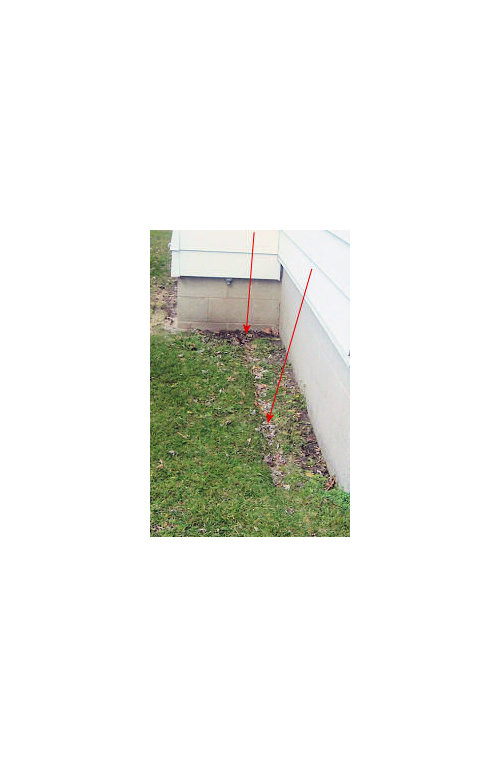Erosion control one of the easiest ways to control erosion around a house foundation is by using landscaping or decorative measures that serve a dual purpose.
How to control erosion from roof overhang.
If you have heavy runoff from roof downspouts and neighboring properties redirecting or capturing runoff can provide better control.
The emphasis you need to place on erosion and runoff when designing your landscape depends on the particular features of your yard.
10 ways to control erosion and runoff.
Overhangs are common in most house designs providing protection against both wind and rain.
These techniques will minimize the amount of water that accumulates or that causes erosion in the problem area.
The roots of plants act as natural ways to hold in the round and soil and anchor the soil.
Can you see the pathway of water flow.
Is a channel created by runoff from a roof driveway road or other hard surface.
The tillage process while enriching for the crop also displaces the soil layers and makes it loose.
The length of the overhang depends primarily on the climate.
The siding underneath the overhang is known as the soffit.
Follow the path of water uphill to its source.
One great and natural option to help to control erosion on slopes is by using plants.
The predominant technique agriculturists use for erosion control is the no till method.
This method also known as conservation tillage is farming practiced with a minimum amount of tilling.
Plant grass or another type of.
Right after a big rainstorm is the perfect time to look at erosion patterns.
Are leaves and pine needles or groundcover vegetation removed by flowing water.
For example if your backyard gently slopes away from your home you may be able to use simple affordable landscaping options to prevent excessive erosion but if you have a steep incline in your backyard you may need more.
The best plants for erosion control are drought tolerant have extensive fibrous roots and feature spreading foliage to slow the velocity of heavy rain.
Planting on a slope can be more difficult.










